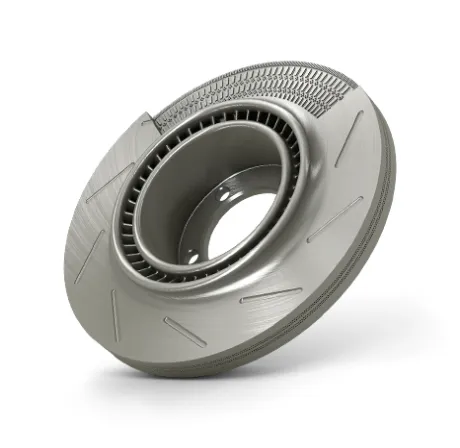
Stainless Steel 17-4PH is a precipitation -hardening martensitic stainless steel renowned for its exceptional combination of high strength, hardness, and corrosion resistance. It is produced through a process called precipitation hardening, in which the material undergoes solution treatment, rapid cooling, and a controlled aging process to achieve superior mechanical properties.
The “17-4PH” designation refers to its composition — approximately 17% chromium and 4% nickel, with the addition of copper and niobium. These elements enable the alloy to maintain strength and toughness even at elevated temperatures, making it a preferred material for aerospace, medical, and industrial applications.
17-4PH Stainless Steel is extensively used in the aerospace industry for components that demand strength, reliability, and resistance to harsh environments. It is ideal for turbine blades, shafts, fasteners, and structural parts used in aircraft and spacecraft.
Its biocompatibility and corrosion resistance make 17-4PH suitable for surgical instruments, orthopedic implants, and medical device components, ensuring precision and long-term performance.
In the automotive sector, 17-4PH is utilized for engine components, drive shafts, and exhaust systems, where high strength-to-weight ratio and durability are essential.
Owing to its wear resistance and hardness, 17-4PH is ideal for injection molds, dies, and high-performance tooling that undergo repeated stress and temperature cycles.
Stainless steel 17-4PH finds wide use in valves, pumps, pressure vessels, and marine hardware, where corrosion resistance and high tensile strength are critical for safety and efficiency.
This alloy is also employed in defense applications such as missile components, weapon systems, and armored mechanisms, where dimensional stability and mechanical reliability are paramount.
| Property | Value |
|---|---|
| Tensile Strength | 900 – 1100 MPa |
| Yield Strength | 700 – 1000 MPa |
| Elongation | 10 – 15% |
| Hardness | 35 – 45 |
| Density | 7.7 – 7.8 g/cm³ |
| Melting Point | ~1400°C |
| Thermal Conductivity | 18 W/m·K |
| Heat Treatment | H900 – H1150 (precipitation hardening) |
| Modulus of Elasticity | 200 GPa |